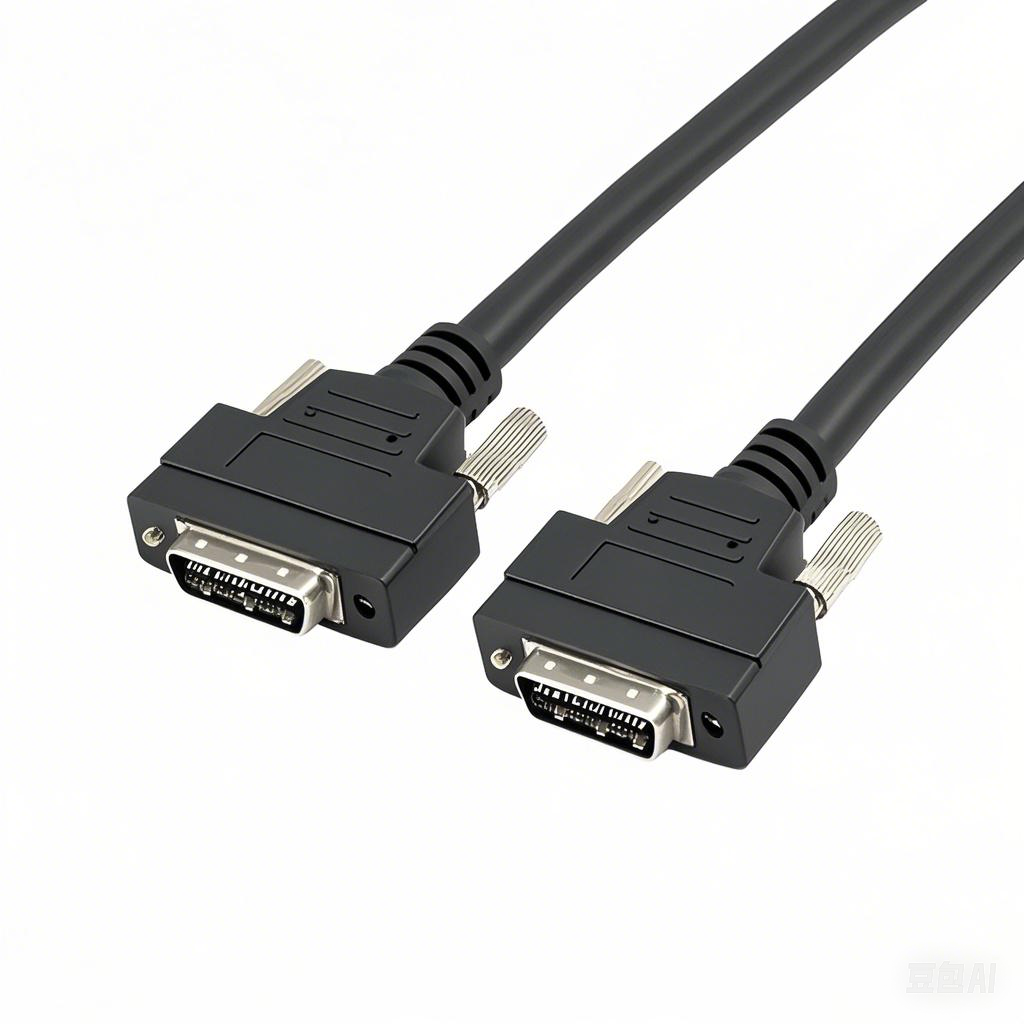The Indispensable Lifeline: Choosing Machine Vision Cables for Demand...
Machine vision is the watchful eye in modern food processing, ensuring product quality, safety, and traceability at blistering speeds. But harsh washdowns, corrosive chemicals, and extreme temperatures pose a constant threat to the vital cables powering these sophisticated systems. Choosing the wrong cable isn’t just inconvenient; it can mean costly downtime, compromised inspection accuracy, and sanitation risks. So, what truly makes a machine vision cable the “best” for food and beverage plants? It’s all about ruggedness, sanitation compliance, and guaranteed performance. Let’s explore the critical cable features your vision systems demand:
1. Shielding & Signal Integrity: The Non-Negotiable Core
- Industrial-Grade Shielding: Forget basic consumer cables. Double or triple-layer shields – often combining foil (RFI rejection) with high-coverage tinned copper braid (EMI protection) – are mandatory. These robust shields prevent electrical noise from motors, VFDs, and other equipment from corrupting critical image data from cameras and sensors.
- Quality Conductors: Look for finely stranded tinned copper conductors. Tinning resists oxidation (especially important in humid/washdown environments), enhances solderability, and improves longevity. Precise twisting of data pairs within the cable further combats interference, preserving signal fidelity for high-resolution images and reliable trigger signals.
2. The Armor: Jacket Materials Built for Battle
This is where food processing makes its toughest demands. Cables face constant assault:
- High-Pressure, High-Temperature Washdowns: Scalding water and aggressive cleaning chemicals (caustics, acids, sanitizers).
- Physical Abuse: Crushing, snagging, abrasion from moving equipment (conveyors, robots).
- Environmental Extremes: Freezing cold freezers, steamy cooker rooms, UV light exposure near windows, splash zones.
- Regulatory Scrutiny: Compliance with stringent food safety standards.
Top Contender Jacket Materials:
- Premium Industrial Polyurethane (PUR): Widely considered the gold standard for demanding food vision cabling.
- Extreme Chemical Resistance: Excels against oils, greases, cleaning agents (caustics, acids, alcohol-based sanitizers), solvents, and even brief exposure to mild food acids (vinegar, citrus).
- Unmatched Abrasion & Cut Resistance: Withstands constant scraping against equipment.
- Water & Steam Resilience: Ideal for IP69K-rated environments. Resists hydrolysis (breakdown from water).
- Flexibility & Memory: Maintains flexibility in cold temperatures far better than typical PVC and retains its shape (good memory), reducing kinking risks. Highly compatible with cable carriers.
- Compliance: Readily available in FDA, USDA, NSF, EU 1935/2004-compliant formulations for direct and incidental food contact zones. Often the top recommendation.
- Silicone:
- Superior High & Low Temp Range: Excels in extreme hot (up to 180°C/356°F+) and deep cold (-50°C/-58°F and beyond) environments where PUR might become brittle or sticky.
- Excellent Flexibility: Often more flexible than PUR, especially at low temps.
- Compliance: Widely available in food-grade compliant versions.
- Considerations: Typically has lower cut/abrasion resistance than premium PUR and can feel “tacky.” Priced higher. Ideal for applications where extreme temperature is the primary challenge over constant physical abrasion.
- High-Performance Polyethylene (PE), XLPE, or TPEs: May be suitable for less demanding areas within a plant. Often cost-effective but generally offer lower resistance to chemicals, cuts, and abrasion compared to PUR or Silicone. Carefully verify chemical compatibility and compliance status.
- PVC (Use with Extreme Caution):
- Rarely Recommended: Typical PVC formulations lack the necessary chemical resistance for harsh food washdowns. They degrade quickly when exposed to oils, fats, and common sanitizers, becoming brittle or sticky, cracking, and leaching plasticizers – a contamination risk.
- Exception: Look for highly specialized “washdown-grade” PVC blends designed specifically for food plants. Verify compliance and specific chemical resistance claims rigorously.
3. Connectors: The Critical Seal
- Robust, Locking Designs: Stainless steel (AISI 303/304) connectors are preferred for corrosion resistance and strength in humid/washdown areas.
- IP67/68/69K Ratings are Essential: Connectors must seal out high-pressure water, steam, and dust ingress. IP69K rating explicitly certifies protection against close-range, high-temperature, high-pressure spray cleaning – the hallmark of food safety protocols.
- Reliable Strain Relief: Integrated or external strain relief boots prevent cable flexing from damaging connections at the connector neck, a common failure point.
4. Physical Protection Layers
Even the best jacket benefits from extra armor:
- Aramid Yarn Braiding (e.g., Kevlar®): Woven under the jacket or applied externally, this provides exceptional tensile strength, cut resistance, and acts as anti-rodent protection.
- Stainless Steel Braiding: Offers the highest level of physical protection against crushing, pinching, and rodent damage. Crucial for exposed cables running through high-risk zones.
Key Considerations for Selection
- Define the Environment:
- What chemicals are used for cleaning and sanitation? (Get specific names!)
- What washdown pressures/temperatures will it endure?
- Operating temperature range?
- Risk of physical abuse (crushing, pinching, constant flexing)?
- Any UV exposure?
- Verify Food Safety Compliance: Non-negotiable. Ensure cables and connectors meet all relevant regulations for the intended zone (direct contact, splash zone, non-contact) – FDA CFR 21, USDA, NSF/ANSI, EU 1935/2004, WRAS etc. Request documentation.
- Flexibility Requirements: Fixed installations vs. moving in cable carriers/tracks? Higher flex cycles demand specialized PUR/Silicone cable constructions.
- Choose a Reputable Industrial Cable Manufacturer: Brands like Lutz, SAB, igus, MurrElektronik, Turck, Belden, and Lapp Tanelec have extensive experience and proven product lines specifically engineered for machine vision in industrial automation and food processing. Partner with suppliers who understand food safety demands.
Conclusion
The “best” machine vision cables for food processing aren’t the cheapest or most generic. They are purpose-built fortresses of durability, hygiene, and signal integrity. Prioritize industrial-grade shielding and high-quality conductors for pristine images. When it comes to the jacket, premium PUR offers the strongest all-around defense against chemicals, water, abrasion, and cold temperatures, backed by compliance credentials. Silicone excels for extreme temperature extremes. Remember: rigorous chemical/washdown compatibility and explicit food safety compliance (FDA, NSF, etc.) are paramount. Investing in the right rugged cables ensures your vision systems perform flawlessly, keeping food safe and production humming – even under the toughest industrial cleaning regimes.











